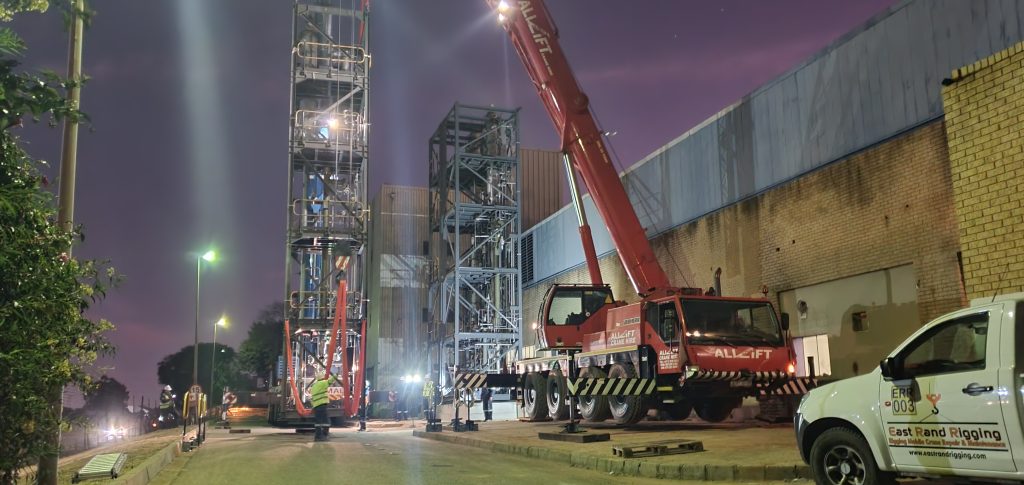Giyani Metals completes drilling program at K.Hill Project, Botswana

Giyani Metals Corp. [TSXV-EMM; GR-A2DUU8], developer of the K.Hill battery-grade manganese project in Botswana, reported that it has completed the field work for the infill drilling program at the project. The information gathered from this program is expected to provide the basis for an updated Mineral Resource Estimate (MRE) to be included in the 2025 Definitive Feasibility Study (DFS).
Highlights: Giyani completed a 3,185 metres (61 hole) infill drilling program at K.Hill. The aim of the program was to define sufficient Measured Mineral Resource for the initial five years of mining operations covering the typical tenure of project finance debt facilities. The drill program will supplement the 10,710 metres of previous drill results used in the 2023 MRE.
Results of the infill drilling program will also be integrated with the Demonstration Plant processing and operating output data to optimize the mine schedule and plant feed grades within the DFS.
Giyani has begun the mining geotechnical field investigations to inform the mine design parameters for the DFS. Groundwater monitoring holes will also be drilled to allow on-going water sampling to confirm baseline water quality data and future monitoring during the construction and operating phases.
Concurrent with these drilling programs, Giyani will launch the civil geotechnical field investigations. These investigations will comprise both drilling and pitting programmes, and inform the geotechnical design criteria of all plant, support infrastructure, access roads, waste rock dumps and the tailings storage facility, all important steps in the DFS process.
Danny Keating, President and CEO of the Company, commented: “We have initiated a comprehensive fieldwork program aimed at upgrading significant portions of the Indicated Mineral Resource into the Measured Mineral Resource category, providing geotechnical data for detailed designs of the plant and related infrastructure, and installing a water monitoring system to ensure our compliance with the highest international environmental standards.
This continues our approach of systematically de-risking the Project in advance of securing construction financing. Meeting lender requirements that the debt repayment period is covered by Measured Mineral Resource, that the project execution plan is supported by detailed designs and underpinned by sound geotechnical data are all part of a comprehensive de-risking approach with the aim of further increasing the Project’s attractiveness to lenders and investors.”
Giyani has completed a resource drilling program which commenced in Q1 2024 and included 3,185 metres of drilling over 61 holes. A combination of reverse circulation and diamond drilling was used to optimize core recoveries as well as minimize costs.
The program builds on the 2023 MRE which was prepared using data from 187 RC and DD holes from all drilling campaigns conducted over the project since 2018, totalling 10,710 metres.
The goal of the current program is to upgrade and reclassify a portion of the current 8.6Mt Indicated Mineral Resource into Measured Mineral Resources, to ensure the Project has sufficient Measured Mineral Resources for the initial five years of mine production that typically covers the project finance debt repayment period.
The addition of this data will increase Giyani’s knowledge of its K.Hill deposit, enabling more accurate modelling of the ore grade and the elemental profile of the ore going to the plant, in turn allowing more accurate forecasting of the production profile.
Some 100t of mineralized material from K.Hill was shipped to Johannesburg in 2023 and is expected to be processed into HPMSM at the Demo Plant in H2 2024. The same ore from K.Hill will be used as feedstock in the Commercial Plant which is planned to be built in Botswana and start ramping up to full commercial scale production from 2027.
The Mineral Resource Estimate completed by CSA Global in July 2023 is presented for ease of reference. Indicated Resources stand at 8.6 million tonnes of 15.2% MnO for 1.3 million tonnes MnO. Inferred Resources are 6.1 million tonnes of 14.1% MnO for 0.9 million tonnes.
Giyani is focused on becoming the dominant western-world producer of sustainable, low carbon high purity battery grade manganese for the electric vehicle industry. The company has developed a proprietary hydrometallurgical process to produce High Purity Manganese Sulphate Monohydrate, a lithium-ion battery cathode precursor material critical for EVs.
The company has secured US$26m in financing from two strategic partners, ARCH Sustainable Resources Fund LP and the Industrial Development Corporation of South Africa, as it aims to progress the K.Hill battery-grade manganese project in Botswana to construction by building and operating the demonstration Ppant and completing a Definitive Feasibility Study by H1 2025.
